The deepest mines in the worlds
The Burj Khalifa in UAE is the tallest building in the world, it is 828 metres high. But if you place it on the bottom of the TauTona mine in South Africa, then you can successfully put 5 more buildings like this on top of it one by one. The mine Shakhtinskaya, Donbass, may welcome inside at least three highest European building – the Lakhta Center in St Petersburg, Russia.
Content
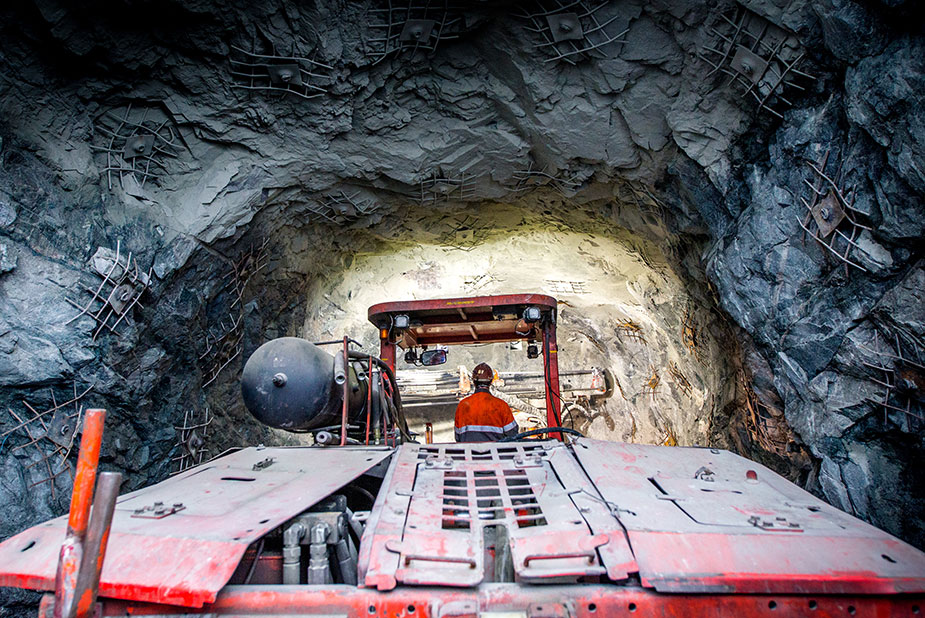
While some countries compete where the newest skyscraper is higher, the others look deeper and started the competition among the underground builders. The neutrino research works become more popular in the world and hence the growth of the number of underground laboratories where the best conditions might be created. Why else people go underground besides the science purposes? For the purposes of surveys, mining and working under specific conditions.
The Wells
The deepest well bored for the scientific research is the Cola Super Deep Well, also known as “The Well to Hell”. It is quite a remarkable object constructed during the Soviet Era. In the 70-es, the Soviet scientists worked a lot in the field of the geological research and had great sources at their disposal. So they bored almost 12 km (12262 m) deep hole at the Cola peninsula.
The well became famous when someone started a rumor about eerie sounds recorded at the depth there, those sounds were named “whispers from Hell”. Most probably, the melting temperature (about 180 C) at the depth caused the deformation of the equipment resulting in the strange sounds. Actually, the works stopped due to the high temperatures. The main scientific achievement of the experiment was in the refutation of the thesis about the soil being denser with the depth. The diameter of the hole is only 22 cm. The well is sealed now.
The closest result to the depth of the Cola Super Deep Well was achieved by the German scientists. They stopped at the mark 9 km in Bavaria. Their research was a part of The German Continental Deep Drilling Program, in 1994. The implementation of the project took 7 years. The German specialists considered the challenges their Soviet colleagues took up such as fluctuation of the drill at the great depth. Also, they had the foresight to take measures for the work under high temperatures. Upon the results the new program was launched, The International Continental Scientific Drilling Program to research deep processes.
After the project was finished, the German scientists also consulted the drilling of the 3 km deep well near the San Andreas Fault in California. The similar wells were drilled also in Oklahoma, the USA, and Guadalupe, Mexico. The wells of the shallow depths are a frequent geological survey method, required for the construction and city planning.
The oil and gas mines fall to the separate category. In 2008, the well in Qatar drilled by the Swiss company Transocean Ltd surpassed the Cola Super Deep by 28 metres and reached the depth of 12,290 metres. In 2011, Exxon Neftegas Ltd, the Russian-based company, part of the American Axxon Group, drilled the well with the depth of 12,345 metres during the Sakhalin-1 project in Odoptu and later in Chaivo 12,376 deep. Both wells are located on Sakhalin island.
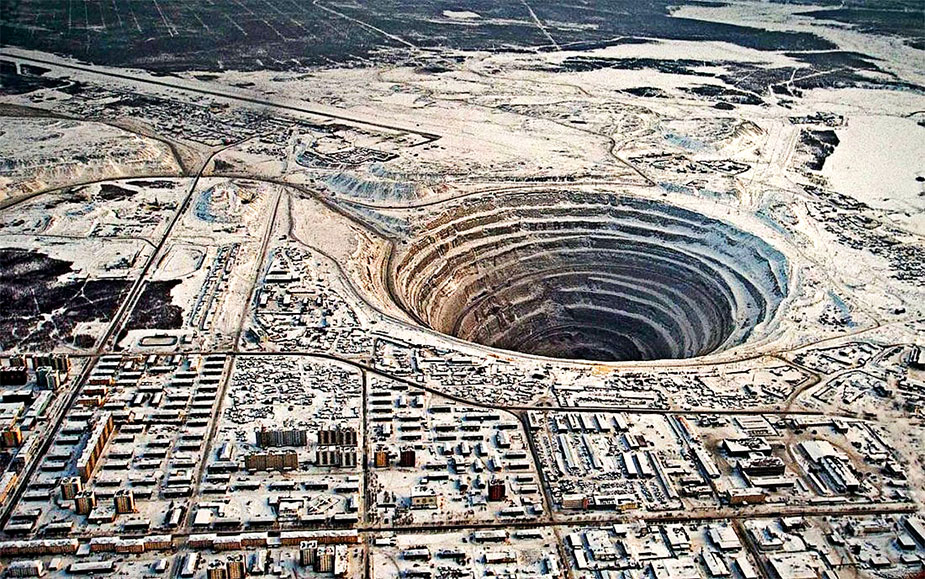
The kimberlite pipe “Mir” , Yakutia
The Mines
The deepest mines are in Africa. The TauTona mine is located not far from Johannesburg in South Africa. It is almost 4 km deep. And there are more mines of equal depth in South Africa? But TauTona stands out by its history, well-known name, which is translated from Tswana language as The Great Lion.
TauTona has been developed since 1957. There appeared more than 800 km of underground tunnels, where the temperature rises up to 55 C due to the depth. In 2008, the maximum depth was reached. At present, the miners work at the depth between 1.85 and 3.9 km. Early survey forecasted the TauTona mine to be empty by the end of 2015, nevertheless, it never happened. The mine only lost the leadership in the area by the depth marks.
The mine Mponeng is a strong competitor to TauTona, it has already surpassed the mark of 4 km becoming the deepest on Earth. This is the gold mine which has one of the richest stocks of gold in the world. The highest temperature here is 66 C. In 2006, the unique bacterium was discovered here, it may exist without sunlight instead of photosynthesis it uses radiation for nourishment.
The Savuka Gold Mine with the depth of 3.7 km is situated in South Africa as well, near TauTona. The same company develops them, the Anglo Gold Ashanti. There are several more mines deeper than 3 km in the area.
In Europe, the deepest coal mine Shakhterskaya is located in Donbass. The depth is 1.5 km (1,546 metres), it has been developed since 1986. It is officially the deepest coal mine in the world. In Canada, the copper-zinc mine Kidd Creek goes down to 2.9 km near the Ontario Lake. And not far from it, there is the 2.5 deep nickel mine Creighton.
The Kimberlite pipe
The Kimberlite pipe is a place for the diamond mining, usually not too deep but still remarkable. The famous Kimberly diamond mine in South Africa is also known as The Big Hole. It is 213 metres deep. The diameter of the hole is about 1.5 km, it had been developed from 1871 until 1914. The manual labour was used, so this is the deepest manmade hole in the surface.
The famous De Beers and yellow Tiffany diamonds were found in this mine. Now it is flooded and mainly serves as one of the tourist attractions. By the way, the name of the diamonds bearing formations derives from the name of the city in vicinity of The Big Hole – Kimberley. The diamond fever started here when one by one of the first largest diamonds of the world were founded.
The kimberlites of Lac de Gras in Canada make one of the most extraterrestrial views. It is located on an island less than 20 sq. km. The Canadian miners went down to the depth of 182 metres.
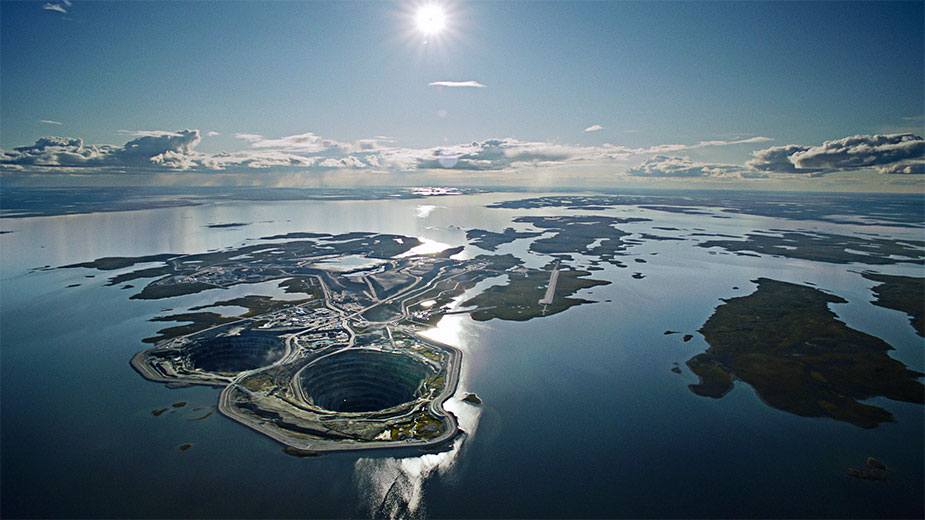
The Lac de Gras kimberlites, Canada Source: huffingtonpost.ca
The deepest diamond mine holding the absolute record is Mir in Yakutia, Russia. Its depth reaches 525 metres and the diameter is about 1.2 km. The mine was discovered in 1955. The Soviet workers started to develop it two years later with the open mining method. Since the beginning of the 00s the mining method has been changed to the shaft method. The Mir mine has a potential to go as deep as 1 km. Mir in Russian means Peace.
The largest diamond found here with the weight of 342.5 carats and was named the XXVI Congress of the Communist Party of the Soviet Union. It is kept in the Diamond Fund of the Kremlin Museums.
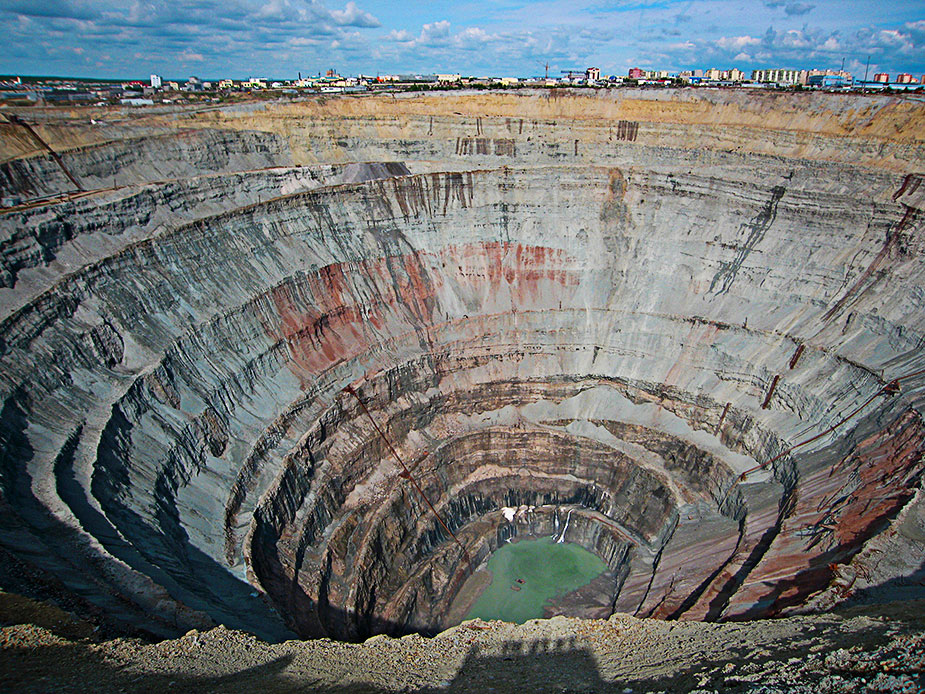
Mir kimberlite mine in Yakutia, Russia
Additional articles
Select an article of interest:
Mongolia designs new railway “Bohdan”
March 1, 2022
The construction of largest hydraulic tunnel has begun in Qatar
February 28, 2022
JSC "VO "Mashinoimport" supplied escalators for the Novosibirsk metro
December 22, 2021
Russian city Samara plans to build a metro
December 17, 2021
Tell us about our article to your friends,
sharing a link in a social network


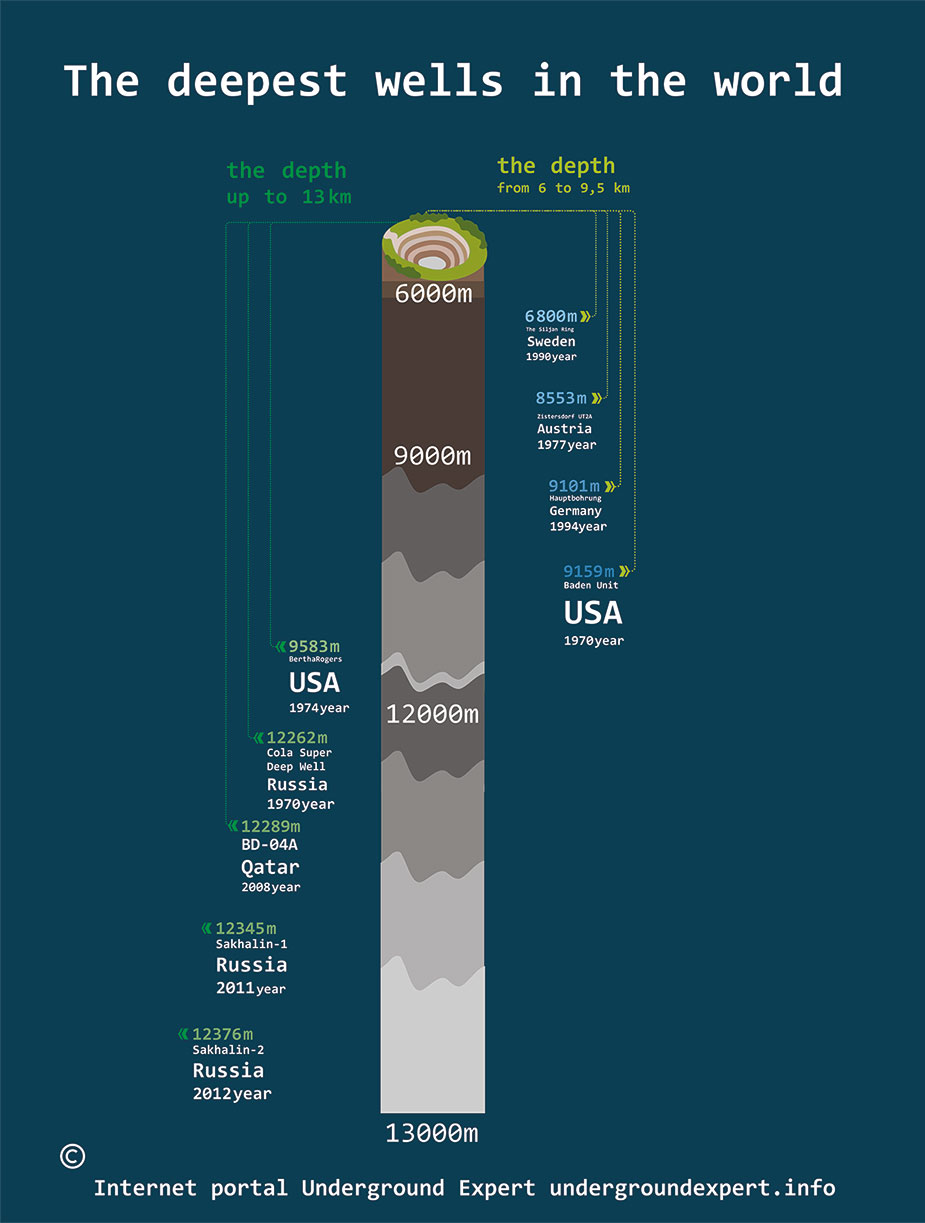
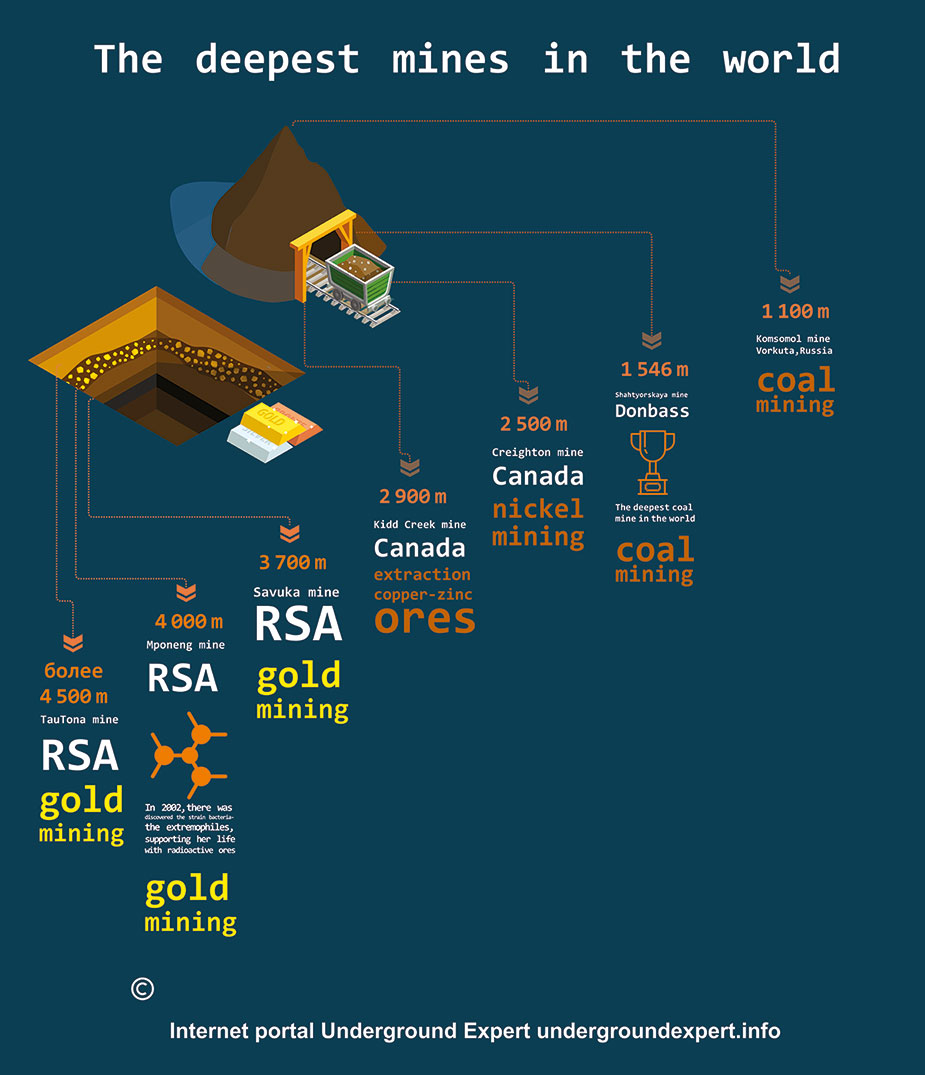













Comments (0)
I hereby confirm that I am familiar with the privacy policy of
and agree to the processing of personal data. Read more